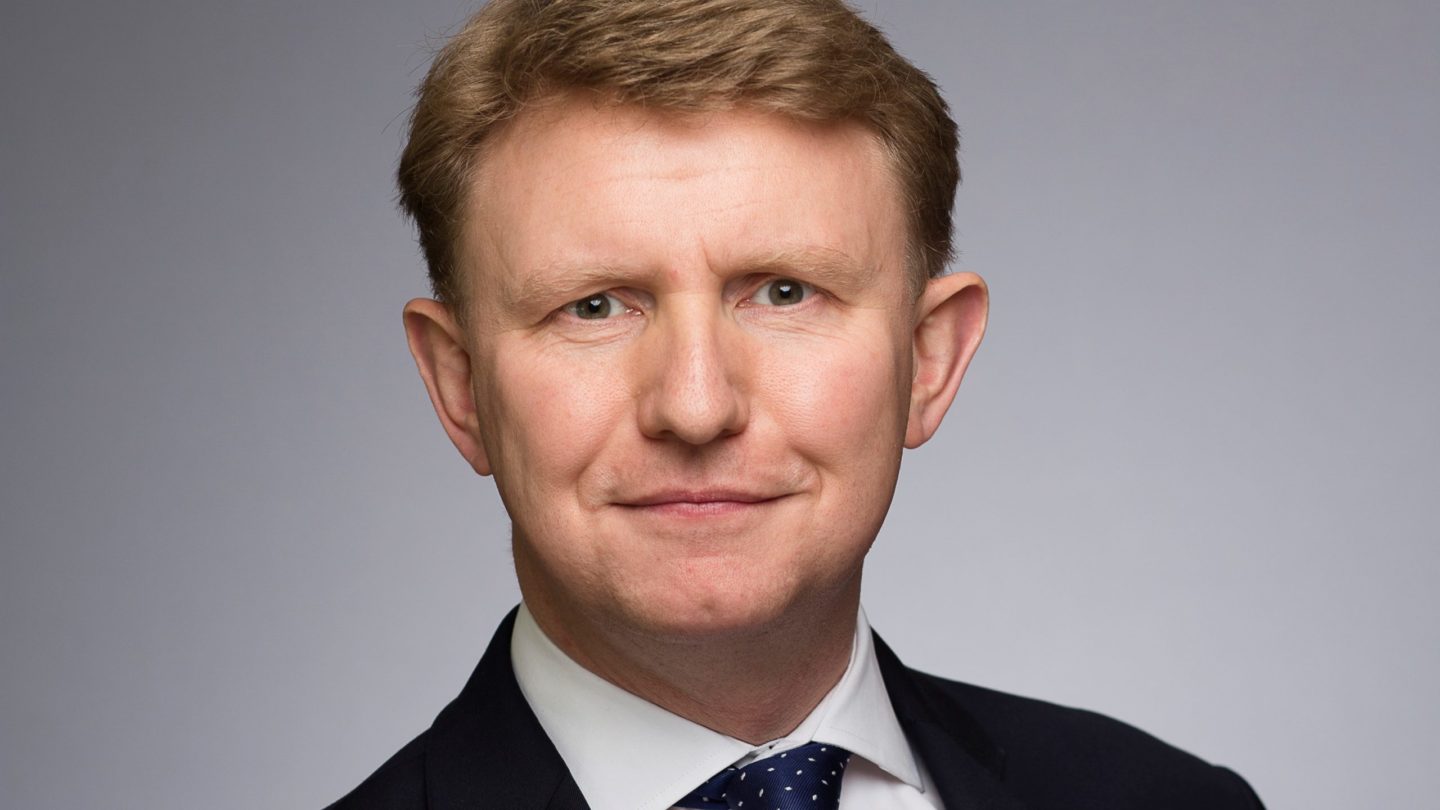Alongside crowded gyms, declarations of veganism and the sense of impending doom as we await the credit card statement, one of the clear signs that we have entered a new year is the deluge of market outlook documents that arrive in our inboxes, writes Morningstar CIO Dan Kemp.
These are typically highly detailed and well-argued forecasts of what the future holds for investors and are designed to help advisers and portfolio managers position their clients’ portfolios for the year ahead.
Given the amount to time and money spent creating these documents and the subsequent time spent reading them, it is worth taking a step back and considering the value of such forecasts as we enter the new year.
Comfort no substitute for good decision making
As baseball philosopher Yogi Berra once commented – “It’s tough to make predictions, especially about the future”. What Berra captured in his unique way is that the future is different from the present in that it is uncertain. While we perceive history as a single thread ‘behind’ us, we face towards a future that is unknowable. As human beings, we typically dislike uncertainty and consequently seek to pull the future into the past by seeking to exchange irreducible complexity for the perceived certainty of forecasts.
The more detailed and confident the forecast, the more comfortable we feel. However, we need to remember that our comfort is not a substitute for good investment decision making.
Some go even further and seek to impose their will on the future rather than simply describe it. Such forecasts are typically characterised by the use of ‘should’ when describing the potential actions of policymakers. This approach can feed our overconfidence, as any outcome that does not fit our forecasts can be dismissed as a ‘policy mistake’ by central bankers rather than our own inability to forecast the future.
While these weaknesses can be viewed benignly as mere expressions of our behavioural biases, investors should be especially careful about forecasts that are engineered to be correct when selectively quoted in the future. An old trick is to describe two opposing outcomes in similar detail as this enables the forecaster to select the most accurate forecast in the future as proof of their skill.
While these forecasts are superficially similar to a more realistic acceptance of the uncertainty that we face, they differ in both objective and usefulness as investors aren’t able to select the winner with the benefit of hindsight.
So how should investors consider the future?
The first step is to change the way we think about the future. Rather than assume that the future has a single deterministic path that can be ‘uncovered’ if we apply ourselves to the task. We must accept that the there is no path to be found and so must consider the full range of potential outcomes. Each of these outcomes can then be assigned a probability to create a richer and more realistic background for our investment decisions.
By adopting this probabilistic approach, we can build portfolios that are less dependent upon the single path but are instead robust to a wide range of economic and market outcomes. While such a portfolio is unlikely to dominate the top of the performance charts over short time periods, it should be a dependable vehicle that helps clients reach their goals, which will ultimately be the measure of success that sticks in their mind long after the short-term performance reports have faded from their memory.
As we create this probabilistic view, it is worth remembering that we tend to be over-confident in analysis. This leads to two problems. The first is that we often ignore the ‘tails’ of the distribution and are too narrow in our estimate of what the future may look like. A perfect example of this are the many market surprises that have accompanied the pandemic that would have been outside the boundaries of most investors’ estimates at the beginning of 2020. We must therefore update our estimates as the future unfolds rather than sticking rigidly to our views in the past.
The second is that we tend to put more weight on the unique characteristics of the current situation and too little weight on the similarity of the present to the past. We see this regularly in forecasts that ignore the long term ‘base rate’ – an historic average that can be applied to most financial analysis. While the future may look very different from the past, using base rates as anchors for our analysis can combat the over-confidence that plagues all investors as it forces us to consider why the future may be different from the past.
While the above may appear to be a nihilistic view of investment, it is actually liberating for the investor to accept that we cannot forecast the future accurately and therefore need not spend time doing so. We can instead accept the uncertainty ahead of us and focus on building portfolios that help clients reach their goals whatever the future may hold. We may even have more time to think of excuses not to go to the gym!
This article was written for Portfolio Adviser by Dan Kemp, global CIO at Morningstar Investment Management.






